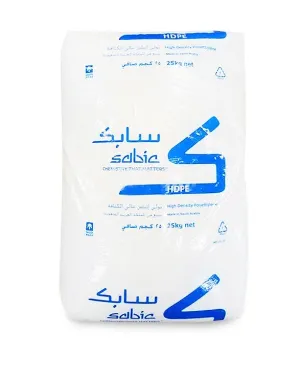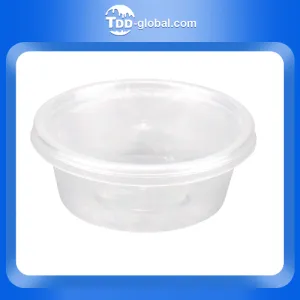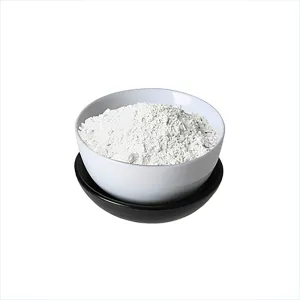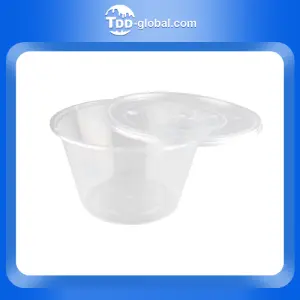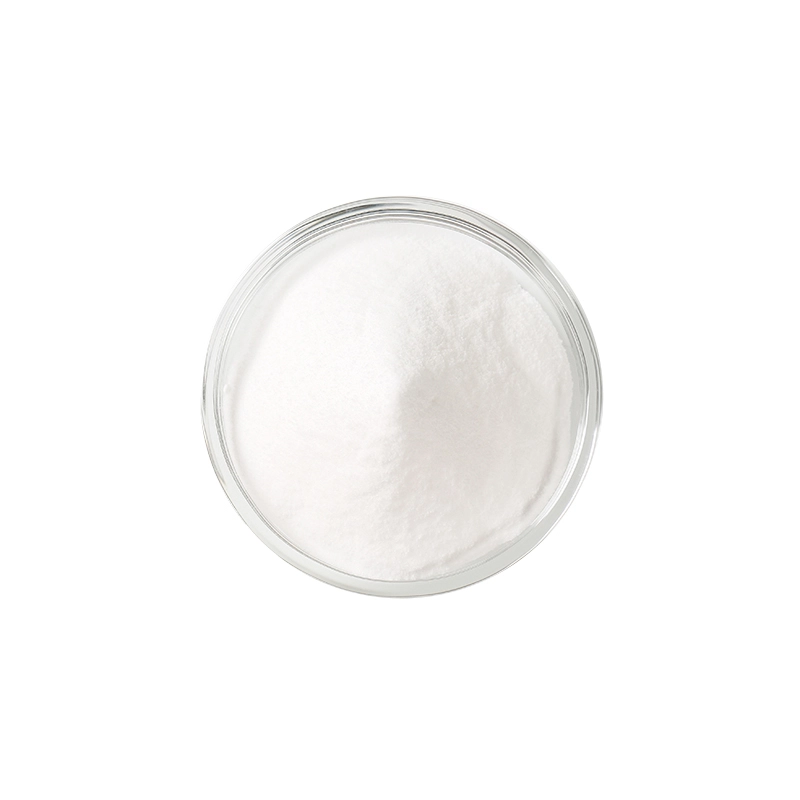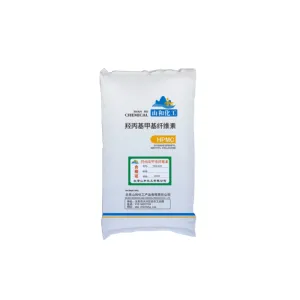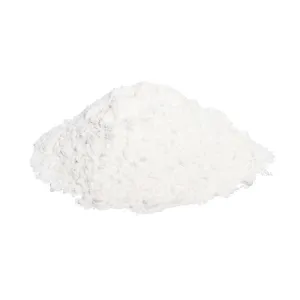We expect to shell out around Rs. 350 – Rs. 400 crore for capex in FY24: Maulik Patel, CMD, Meghmani Finechem Ltd.
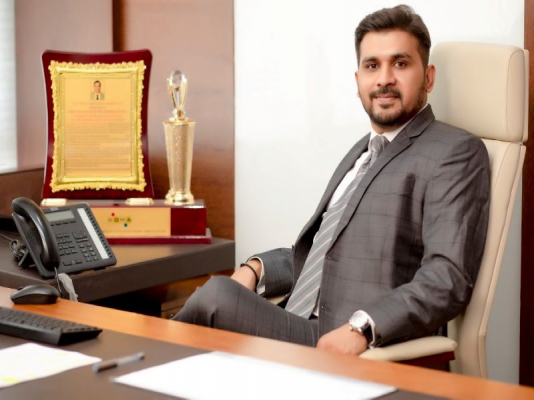
Maulik Patel,CMD, Meghmani Finechem Ltd.
Our future expansion plans will strongly support our ambition of Rs. 5,000 crore revenue. These future projects can be in the existing product line and even new product line where we will be first in India
What are the global trends in the chemical sector in 2023?
The chemicals sector is slowly but surely bouncing back and returning to pre-pandemic levels. With far reaching applications in multiple industries like oil & gas, construction, plumbing, paints, textiles, among others, the chemicals sector is bound to witness growth. In a long term perspective, domestic as well as global demand for chemicals is improving and is expected to grow steadily, however for 2023, we see it a bit subdued due to the global slowdown. Currently, global demand has hit rock bottom but we anticipate it to pick up very soon. India and the Asian region will see higher growth rates owing to increasing population and momentum from China+1 and Europe+1 strategies. Moreover, global players are also eyeing diversification of their supplier base as well. These factors make us deeply optimistic about the chemical sector.
How would you rate the company’s financial performance in FY 2022-23? What’s the forecast for FY 2023-24?
Our 9-month revenue in FY 2022-23, EBITDA and PAT have surpassed entire FY22 numbers. In 9M FY23, we achieved 55% revenue growth, 60% in EBITDA, and 80% in PAT. For Q3 FY23, we witnessed 18% YoY volume growth as our newly commissioned plant (ECH, CPVC Resin, and additional capacity of Caustic Soda) started contributing marginally. These plants will start optimum volume contribution from Q4 FY23 onwards. So, we are moving in line with our plans despite a volatile market.
In FY24, we expect all our newly commissioned plants to reach at optimum capacity levels, which will boost volume growth for this year. Additionally, as these are high-value products as compared to our previous portfolio, they will drive value growth for coming years as well.
The company aspires to reach a revenue of Rs. 5,000 crore by 2027. What is the plan and strategy to achieve this target?
Over the last several years, we have progressed on the basis of volume growth as we continuously expanded. In FY23, we commissioned India’s first Epichlorohydrin plant, India’s largest CPVC Resin plant, and also added an additional capacity of Caustic Soda. These will have a major impact on our volumes as well as revenues which in turn accelerate our FY24 growth.
Further, we are increasing our CPVC Resin capacity to 75,000 TPA and entering into the Chlorotoluene value chain. Both projects to be commissioned by the end of FY24. These plants will lay a strong foundation for our business in FY25. To add further, our future expansion plans will strongly support our ambition of Rs. 5,000 crore revenue. These future projects can be in the existing product line and even new product line where we will be first in India and where we can strengthen our integrated complex. The new land we bought in Dahej will help us implement our expansion plans for the coming five to seven years. So, we are all geared for continuous growth.
How has the performance of the company been in different segments – Caustic Soda, Caustic Potash, Chlorine, Hydrogen, Chloromethanes, Hydrogen Peroxide, Epichlorohydrin, and CPVC Resin in FY 2022-23. What’s the future roadmap?
We witnessed good growth in the Chlor-Alkali segment (Caustic Soda and Caustic Potash) as the realizations were at an all time high compared to previous years, which resulted in good margins as well. As of now, realization from this segment is cooling off in line with raw material price variations. We commissioned an additional capacity of 1,06,000 TPA Caustic Soda in September 2022 which is expected to reach optimum levels by end of Q4 FY23 and will bring volume growth in FY24.
We also saw around 50% growth in our Derivative and Specialty segment, on account of major volume growth from Hydrogen Peroxide and marginal growth from Chloromethanes. Plus, the new products commissioned, i.e. CPVC Resin and Epichlorohydrin, also started contributing to volume and value growth. CPVC Resin reached optimum capacity utilization in December itself, hence we are further expanding its capacity to 75 KTPA, by adding another 45 KTPA. We expect FY23 to end with the Derivatives & Specialty segment contributing around 30% of revenue compared to that of 25% in FY22. Contribution from the Derivatives & Specialty segment will keep on increasing as all our future expansion plans are in this segment.
What was the Capex investment in FY 2022-23 and projects/facilities where the company has invested? Plans for the company in FY 2023-24 and how will it help in the long term?
For FY2023, we have planned to spend around Rs. 370 crore in Capex. This is and will be utilised for expansions in Epichlorohydrin, CPVC Resin, Chlorotoluene and value chain, additional capacity of Caustic Soda, R&D, and new land. In FY24, we expect to shell out around Rs. 350 – Rs. 400 crore for Capex which will be spent towards Chlorotoluene and value chain, additional capacity of CPVC Resin, and other projects that we will announce as the board approves them.
This all and future Capex will bring us volume growth in the coming years. Amount spent on R&D will strengthen our position in the Specialty chemical segment while that spent on acquiring land in Dahej will be a step towards removing a bottleneck of land scarcity for our future growth.
MFL has commissioned an additional 106,000 TPA capacity of Caustic Soda. With this move, what is your total capacity currently and which industries/segments will this extra capacity cater to?
Our total capacity stands at 4,00,000 TPA of Caustic Soda and 132 MW of captive power plant. Our additional production will go to the industries which we are currently serving. Apart from these, our newly commissioned Epichlorohydrin plant will consume Caustic Soda, Chlorine and Hydrogen; and the CPVC Resin plant will consume Chlorine. Additional capacity of Caustic Soda expansion was in line with that of the Derivatives and Specialty segment (CPVC Resin and ECH), in terms of Chlorine and Hydrogen consumption. So this will further strengthen our integrated complex.
The company has commissioned India’s 1st Epichlorohydrin plant and largest CPVC resin plant in 2022. What is the value additions and revenue expectations?
There are various benefits of entering into the products mentioned earlier. Epichlorohydrin and CPVC Resin will consume Chlorine, Caustic Soda, and Hydrogen as a part of raw materials; hence, entering into this product will strengthen our integration. Again, Epichlorohydrin and CPVC Resin have good markets and are expected to grow in double-digit percentage in coming years. By entering into this product we will be equipped to cater to new industries unexplored earlier, so we have diversified our customer base and further de-risked our business model. If we consider current market price, then one can expect revenue of approximately Rs. 480 crore in Epichlorohydrin and approximately Rs. 360 crore from CPVC Resin.
Any update on the company’s expansion plans into Chlorotoluene and its value chain? Capex planned for the project, capacity and expected timelines?
Our expansion into Chlorotoluene and its value chain is moving as planned and is on schedule and we expect to commission it in Q4 FY24.
Meghmani Finechem Limited (MFL) is also increasing its CPVC resin capacity to 75,000 TPA, by adding another 45,000 TPA. Capacity and expected timeline for completion?
We are coming up with an additional capacity of 45,000 TPA of CPVC Resin. This additional plant will get commissioned in Q4 FY24. Post this, our total capacity in CPVC resin will stand at 75,000 TPA.
MFL plans to set up an R&D facility in Ahmedabad to strengthen its position in Specialty Chemicals? What are key areas of focus for new innovations?
We are entering into the Chlorotoluene and value chain. The Capex that we have announced is Phase I. When we enter further down, the line value chain in Phase II, R&D will play a crucial role. Also, it will be playing a key role for future molecules in our Specialty Chemicals segment.
Level of automation and digitalization projects carried out in FY 2022-23? How do you plan to move ahead on this front both on brownfield and greenfield projects?
At MFL, we firmly believe that investing in technology is a continuous journey. However, all our plants have the latest technology and equipment through which we achieve improved efficiency, and better output with lesser input and wastage. For smooth functioning of plants, we have adopted modern automated technology which enables us to effectively monitor and control through central systems. It proves crucial to take key decisions and prompt actions in trying situations. We also have the latest tools and systems up and working for various departments that help us in analytics that give us an edge over the others.
MFL is foraying into green energy through a JV to set up an 18.34 MW wind-solar hybrid power plant. What is the Capex for this project and when it is expected to get commissioned?
We understand the need and significance of environmental conservation and are proactively working on reducing carbon footprints through efficient manufacturing processes and precautions thereof. We are entering into a JV with ReNew Green Energy Solutions – where we will invest around Rs. 20.5 crore in the form of equity for 26% stake in SPV – to set up an 18.34 MW wind solar hybrid power plant. This plant will equip us to fulfil our energy needs through renewable sources. We expect this project to get fully commissioned in Q1 FY24.
Key ESG projects initiated by the company and how have you fared?
Conserving the environment is always our prime focus while selecting products and technology. We have always used the latest and the best technology to manage critical resources, so as to moderate consumption of energy & water and also generate lesser wastage. This has been our continuous focus. For example, in our Epichlorohydrin plant, we selected Glycerol-based technology, where raw material is from renewable resource and the consumption of energy and water is far lesser as compared to traditional technology, i.e. Propylene-based.
We proactively invest in talent training, safety of employees and the community around the plant. We are focused on strengthening relationships with customers and vendors and serving the community around our plant.
We are focused on maintaining the highest level of governance at Meghmani Finechem. We have a strong board consisting 50% of Independent Directors with vast experience and qualifications who are active in all our committees. We have regular and stringent internal audits that are reported to an Audit Committee chaired by an Independent director. We are quite focused on ESG and are in constant drive to make it stronger.
When is MFL planning to achieve Net Carbon Zero and what are the milestones set up by the company?
We have taken several steps to reduce carbon footprints and have adopted technologies to reduce usage of limited resources, control inputs while optimizing outputs. We have chosen Glycerol based technology for manufacturing Epichlorohydrin where major raw material Glycerine is from renewable resources and processes consume less water and power. We have entered into 18.34 MW wind solar hybrid power plant to reduce carbon emission and contribution to the environment. We have been able to strike considerable balance between manufacturing processes and environmental impact. We have set internal targets and persistently work hard to achieve them.
CSR projects undertaken in FY 2022-23 in health, education, and sports? Plans for FY 2023-24?
We believe in inclusive growth and have taken up various initiatives to improve health, education and women empowerment in all these years. We provided education to marginalized sections through Sardardham, Margraksh and Achala Foundation Trusts. We provided shelter to 300 working marginalized women in Ahmedabad, Rajkot and Vadodara. We also addressed nutrition needs of around 500 people every Sunday at their homes and 150 patients in their hospital beds through Margraksh program. Similarly, we have contributed in many ways for skill development, educational assistance and medical assistance through various programs. We have been active to support the society in all possible ways and we will continue doing so in the future.
Recommended Suppliers
 September 23, 2024
September 23, 2024  June 3, 2024
June 3, 2024  June 3, 2024
June 3, 2024  June 17, 2024
June 17, 2024  June 18, 2024
June 18, 2024 
